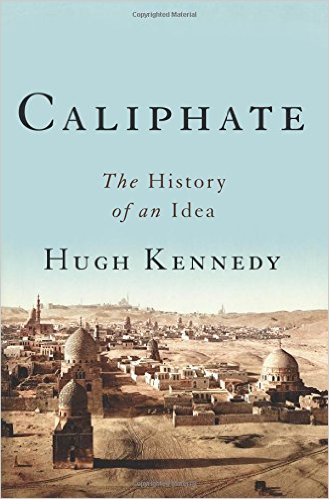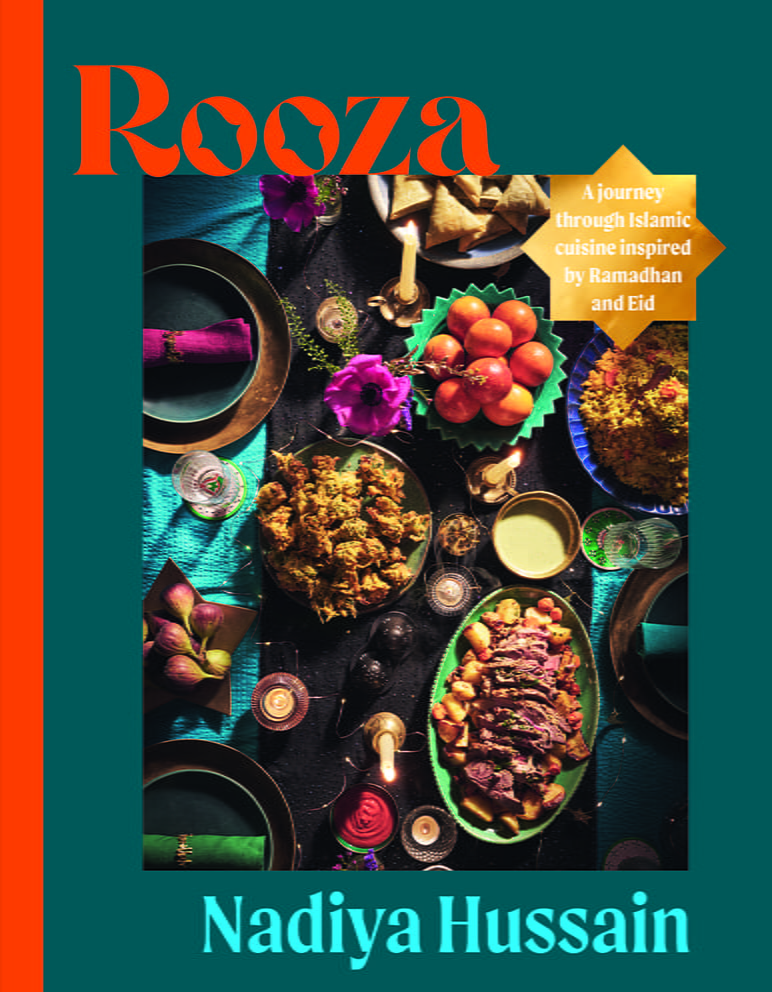
Caliphate: The History of an Idea
Tom Verde
Hugh Kennedy
2016, Basic Books, 978-0-46509-438-7, $27.99 hb.
Misappropriated today by those seeking to impose “their particular and often very narrow view of Islam” onto others, the caliphate is instead “a framework in which Muslims can strive to live a godly life,” writes scholar Hugh Kennedy. The “Arabic root khalafa,” means to “succeed or deputize.” The caliph was a successor to Muhammad as head of the Islamic community, or umma. The role embraced spiritual, fiscal and military responsibilities under the broadly unified system known as the “caliphate.” Kennedy covers the major historical caliphal regimes: the foundational nature of the first four “rightly guided” caliphs (the Rashidun) of the seventh century and the land-hungry, authoritative character of their successors, the Umayyads; the “extraordinary explosion of cultural activity” under the 13th-century Abbasids and medieval Moors of Andalusia; and the “role of the sultan as caliph” under the Ottomans. He concludes that the strength of the caliphate “lies partly in its flexibility”—hardly a virtue embraced by extremists who lack the “intellectual justification” Kennedy explores in this enlightening text.
You may also be interested in...

The Great British Bake Off Winner Nadiya Hussain Gathers Global Recipes in Culinary Celebration of Ramadan
Nadiya Hussain's diverse recipes highlight the global unity of Muslim cultures and cuisines..png?cx=0.45&cy=0.59&cw=382&ch=519.4922937443337)
New Book Decodes Mystery Behind Sixth Century Mosaic Pavement
Jane Chick’s 2024 study on enigmatic Libyan mosaic bridges Late Antiquity Roman and early ecclesiastical art.